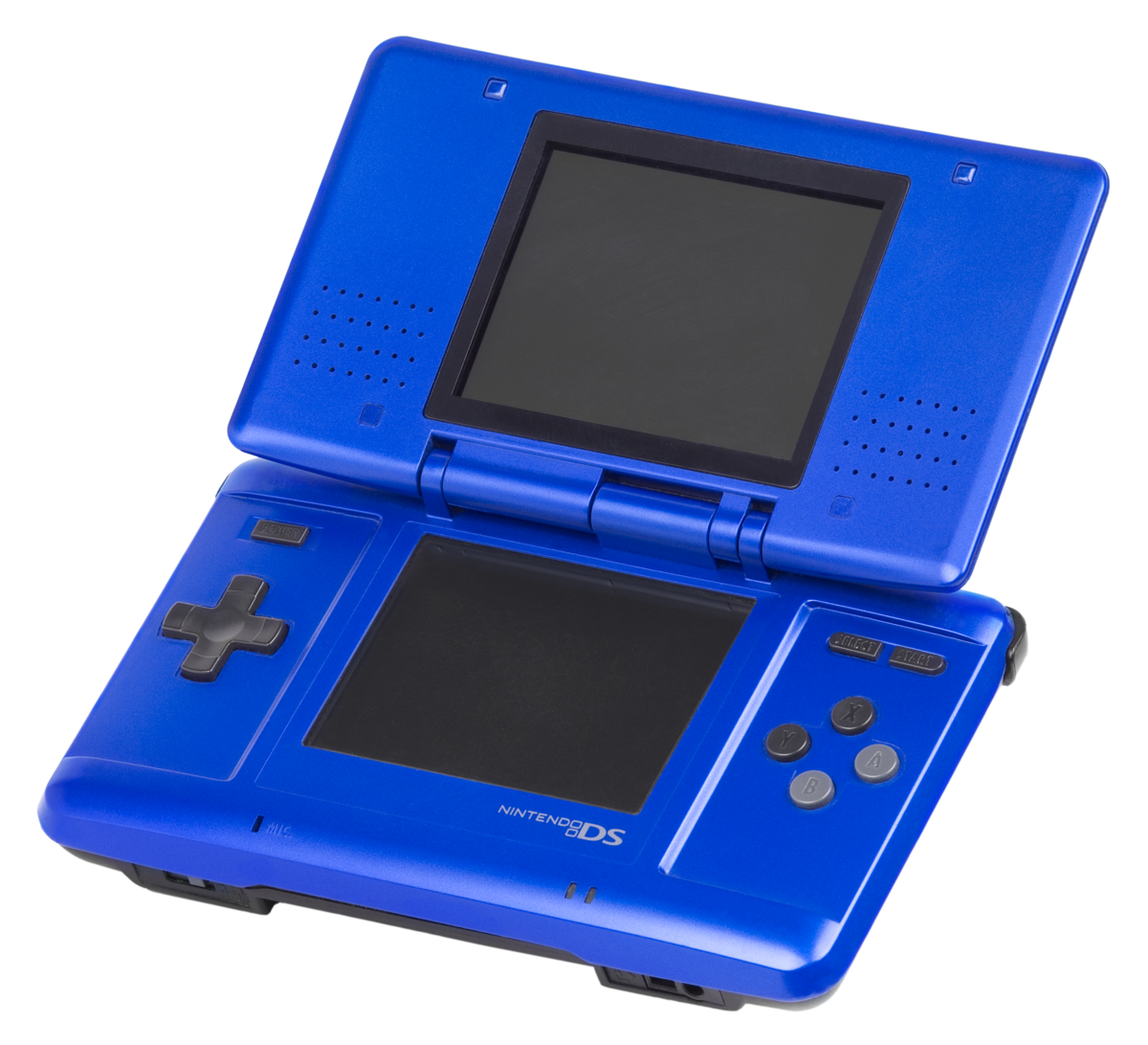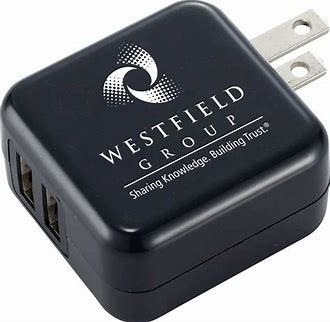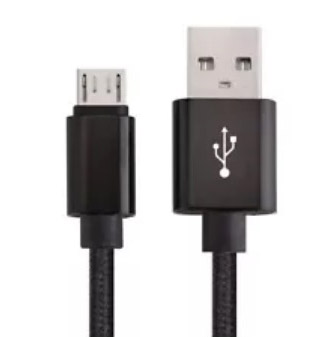Every child learns differently, and for parents of children with special needs, this truth becomes an everyday adventure. Whether your child faces challenges with attention, sensory integration, communication, or mobility, creative learning approaches can transform frustration into discovery — turning the process itself into joy.
What You’ll Find Here
This guide explores inventive, hands-on learning ideas that spark curiosity, promote independence, and adapt to a wide range of developmental levels. You’ll discover strategies you can start today — many of which cost nothing — plus a practical checklist and a table of resources that help keep learning flexible and fun.
Art, Play, and Movement as Learning Tools
Color, sound, and motion make abstract ideas concrete. A dance move can become math, and a painting can tell a story long before writing skills catch up.
Try transforming academic lessons into multisensory experiences:
- Paint letters or numbers with finger paint or sand for tactile reinforcement.
- Turn spelling words into songs — rhythm and melody engage memory centers more deeply than repetition alone.
- Use puppets or toys to practice social communication and storytelling.
When you blend creativity with structure, learning becomes less about performance and more about participation.
Everyday Objects, Extraordinary Lessons
Household materials can teach math, science, and problem-solving. Baking, for instance, introduces fractions, sequence, and sensory play all at once.
Use what’s around you:
- Measure ingredients to build number sense.
- Sort laundry by color or size to develop classification skills.
- Build towers from boxes to teach balance, gravity, and cause-and-effect.
These informal moments often stick longer than formal lessons because they engage emotion and curiosity — two powerful allies in cognitive development.
Infographics and Visual Storytelling for Learning
Complex ideas can overwhelm children who process information differently. Turning them into colorful, structured visuals helps with comprehension, sequencing, and memory. An infographic maker allows you to design personalized visuals — from daily routines to science facts — using templates that you can customize with your own text, colors, and icons. This transforms abstract information into patterns children can follow intuitively.
Visual Learning Strategies
| Technique | Best For | Example Activity | Bonus Tip |
| Picture Schedules | Children with executive-function or transition difficulties | Create a “Morning Routine” poster with icons | Keep it eye-level and laminate it |
| Color-Coded Charts | Visual organization & memory | Assign colors to days or subjects | Use the same scheme across notebooks |
| Infographics | Concept comprehension | Create a “Life Cycle of a Butterfly” poster | Include photos or stickers from nature walks |
| Storyboards | Sequencing & communication | Draw “A Day at School” as comic panels | Let your child narrate while you draw |
Learning Through Music and Rhythm
Music activates multiple brain regions simultaneously. Try:
- Rhythm counting games with drums or claps to reinforce math skills.
- Lyric substitution (“Old MacDonald had a shape…”) to teach geometry or language.
- Sound scavenger hunts for auditory discrimination practice.
Even short bursts of rhythm-based learning can boost attention and emotional regulation — essential for children who struggle with sensory overload.
Technology and Educational Games That Motivate
Interactive technology can enhance engagement when used mindfully.
Educational video games — such as those that teach logic, pattern recognition, or language through play — encourage persistence and reward progress visually and audibly. Look for options that:
- Allow adjustable difficulty levels.
- Offer immediate, positive feedback.
- Reinforce real-world skills (like time management or teamwork).
Combine screen-based learning with conversation afterward: “What did you learn?” “How did you solve that puzzle?” — this reinforces comprehension and social exchange.
Setting Up a Creative Learning Environment
- ☐ Observe first — what sensory inputs calm or overstimulate your child?
- ☐ Designate a learning zone with consistent lighting, minimal distractions, and reachable supplies.
- ☐ Build routines visually — use charts or infographics for transitions.
- ☐ Offer choices to give your child control within structure.
- ☐ Integrate movement between lessons (stretch, bounce, walk).
- ☐ Celebrate micro-successes daily — small wins build intrinsic motivation.
- ☐ Adjust materials regularly to avoid stagnation or frustration.
Collaboration and Connection: You’re Not Alone
Seek community — both offline and online. Sharing creative strategies with other parents or educators often yields breakthroughs. Consider connecting with local special-needs associations, therapeutic recreation programs, or parent groups.
Practical, Evidence-Based Support
Understood.org offers free resources, personalized learning strategies, and parent toolkits designed for children with learning and attention issues. Their interactive tools help you translate classroom methods into home activities.
Frequently Asked Questions
What’s the best way to know which creative approach fits my child?
Start small and observe engagement. If your child lights up and stays focused, that’s your clue. Let behavior guide you more than benchmarks.
How can I support focus during learning?
Alternate high-concentration tasks with physical or sensory breaks. Tools like fidget toys or weighted lap pads can also help regulate attention.
What if my child resists learning activities altogether?
Shift the focus from “teaching” to “playing.” For instance, turn a math exercise into a treasure hunt where numbers unlock clues.
In Summary
Creative learning for children with special needs isn’t about doing more — it’s about doing differently. Art, rhythm, visuals, and play make information tangible and memorable. By blending structure with imagination, parents help their children not only learn, but love to learn. Every small experiment builds confidence, understanding, and connection — the true building blocks of growth.



















